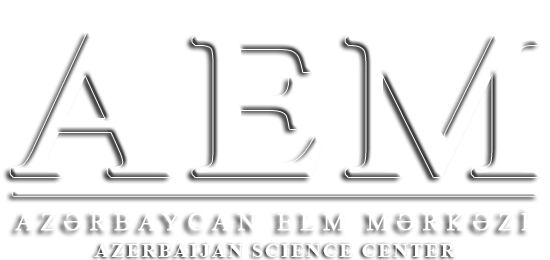DOI: https://doi.org/10.36719/2707-1146/32/78-85
Dilbar Abdullayeva
Baku State University
master student
Ismat Ahmadov
Baku State University
Ph.D in Biology
Ziyaddin Mammadov
Baku State University
Doctor of Biological Sciences
PACS number(s): 87.17.Ee; 73.22.-f
LIGHT SPECTRUM EFFECTS ON THE PIGMENT CONTENTS IN LEAVES OF SPROUTS OF WHEAT SEEDS TREATED WITH IRON NANOPARTICLES
Abstract
In the presented article, the effect of iron oxide (Fe2O3) nanoparticles on the pigment content in the leaves of wheat seedlings in different light spectra (white, red, and blue) was studied. Wheat seeds were initially kept in a suspension solution of iron oxide nanoparticles 20-40 nm in size for 3 hours and planted in pots.
The process of germination and development of seedlings took place in the dark in a phytatron for growing plants in laboratory conditions. Samples were taken from the leaves of 7-day-old seedlings. The leaves of seedlings obtained from treated and untreated seeds with iron nanoparticles were irradiated with conventional white, red and blue light for 90 minutes and then grown again in the dark for 3 days.
It can be seen from the experimental results that the pigment composition of seeds treated with iron oxide nanoparticles varies depending on the spectral composition of light. It turned out that iron oxide nanoparticles have a better effect on the synthesis of chlorophyll b (Chlb) pigment under red light, while under blue light the synthesis of both chlorophyll a (Chla) and Chlb slows down, in all cases the synthesis of carotenoids is weakened.
Keywords: spectrum of light, wheat seedlings, chlorophyll a and b, carotenoids, nanoparticles
Dilbər Abdullayeva
Bakı Dövlət Universiteti
magistrant
İsmət Əhmədov
Bakı Dövlət Universiteti
biologiya üzrə fəlsəfə doktoru
Ziyəddin Məmmədov
Bakı Dövlət Universiteti
biologiya elmlər doktoru
Dəmir nanohissəcikləri ilə örtülmüş buğda cücərtilərinin yapraqlarının piqment
tərkibinə işıq spektrinin təsiri
Xülasə
Təqdim olunan məqalədə dəmir oksidi (Fe2O3) nanohissəciklərinin müxtəlif işıq spektrlərində (ağ, qırmızı və göy) buğda cücərtilərinin yarpaqlarında piqment tərkibinə təsiri tədqiq edilmişdir. Buğda toxumları əvvəlcə 20-40 nm ölçülü dəmir oksid nanohissəciklərinin suspansiyon məhlulunda 3 saat saxlanılıb və qablara əkilib. Bitkilərin laboratoriya şəraitində yetişdirilməsi üçün fitatronda toxumların cücərmə və inkişaf prosesi qaranlıqda baş vermişdir. Nümunələr 7 günlük cücərtilərin yarpaqlarından götürülüb. Dəmir nanohissəcikləri ilə işlənmiş toxumlardan alınan cücərtilərin yarpaqları adi ağ, qırmızı və göy işıqla 90 dəqiqə şüalanmış və sonra 3 gün müddətində yenidən qaranlıqda yetişdirilmişdir. Eksperimental nəticələrdən görünür ki, dəmir oksidi nanohissəcikləri ilə işlənmiş toxumların piqment tərkibi işığın spektral tərkibindən asılı olaraq dəyişir. Məlum olub ki, dəmir oksidi nanohissəcikləri qırmızı işıq altında xlorofil b (Chlb) piqmentinin sintezinə daha yaxşı təsir göstərir, mavi işıqda isə həm xlorofil a (Chla), həm də Chlb sintezi ləngiyir, bütün hallarda karotenoidlərin sintezi zəifləmiş olur.
Açar sözlər: işıq spektri, buğda cücərtiləri, xlorofil a və b, karotenoidlər, nanohissəciklər

